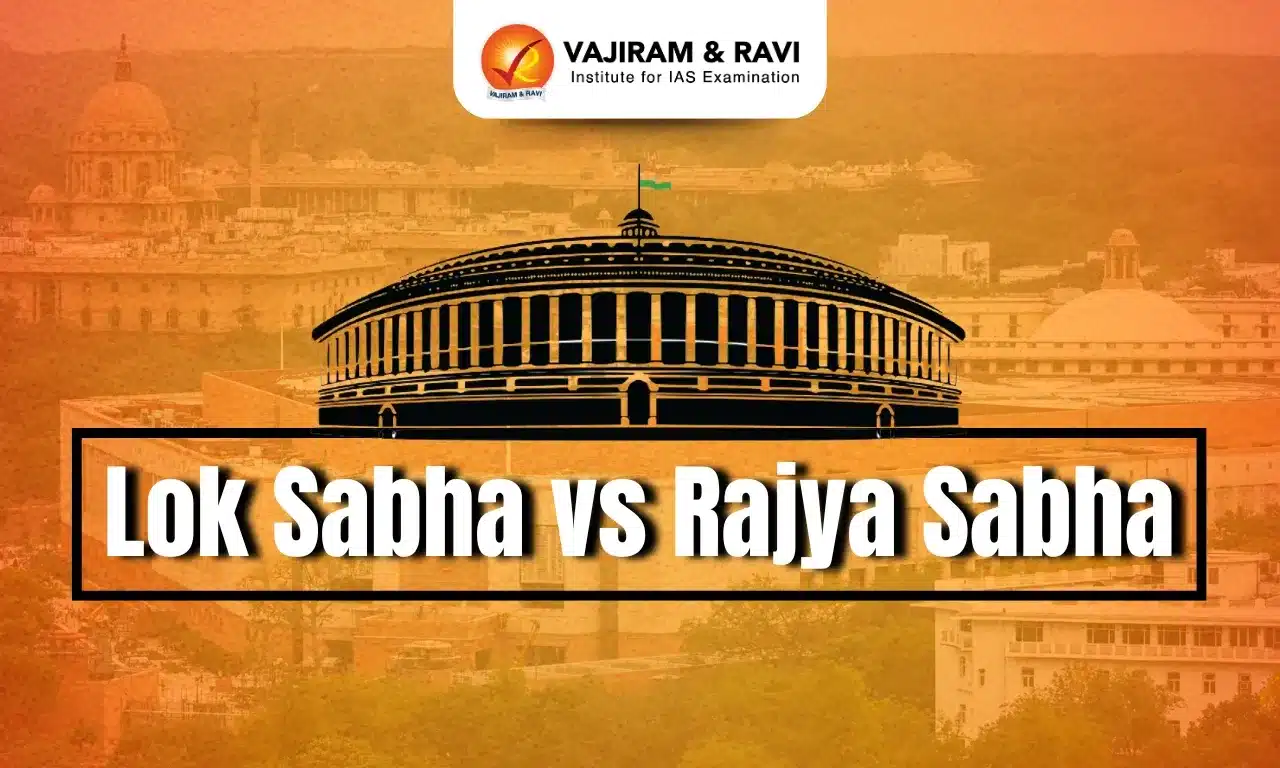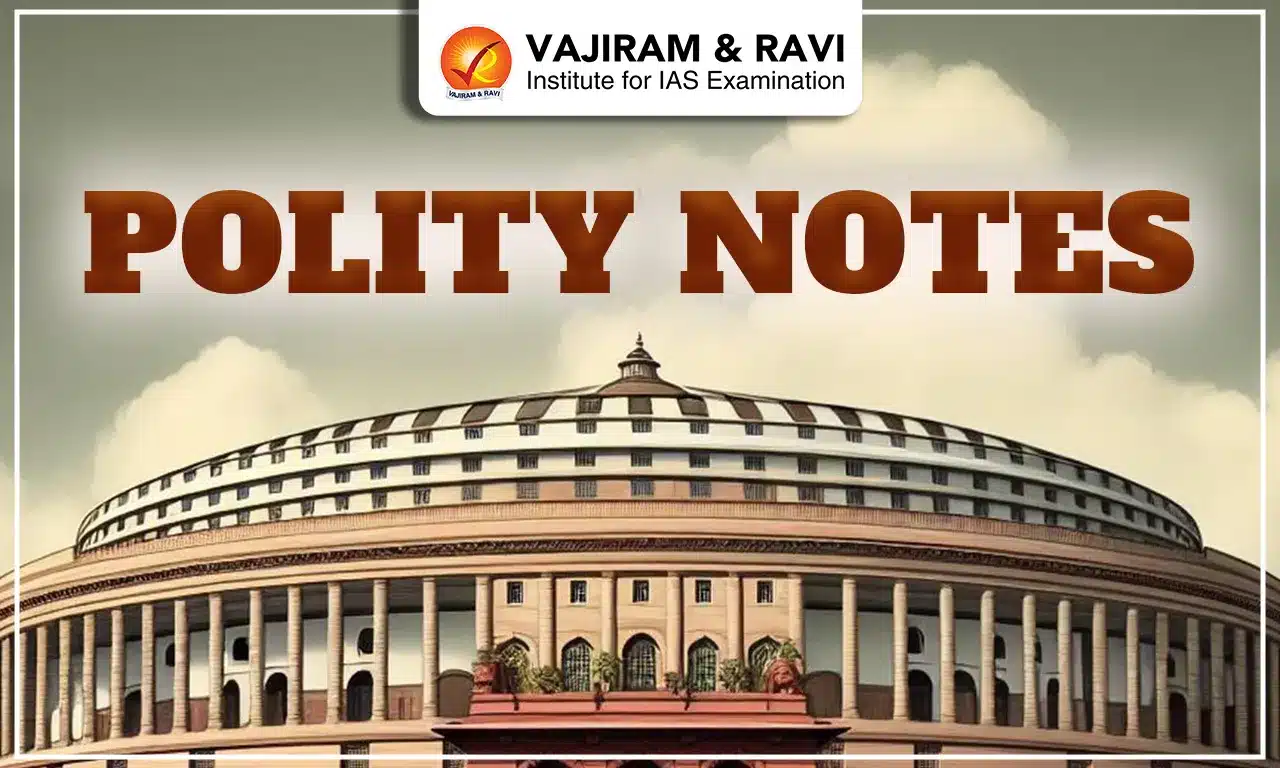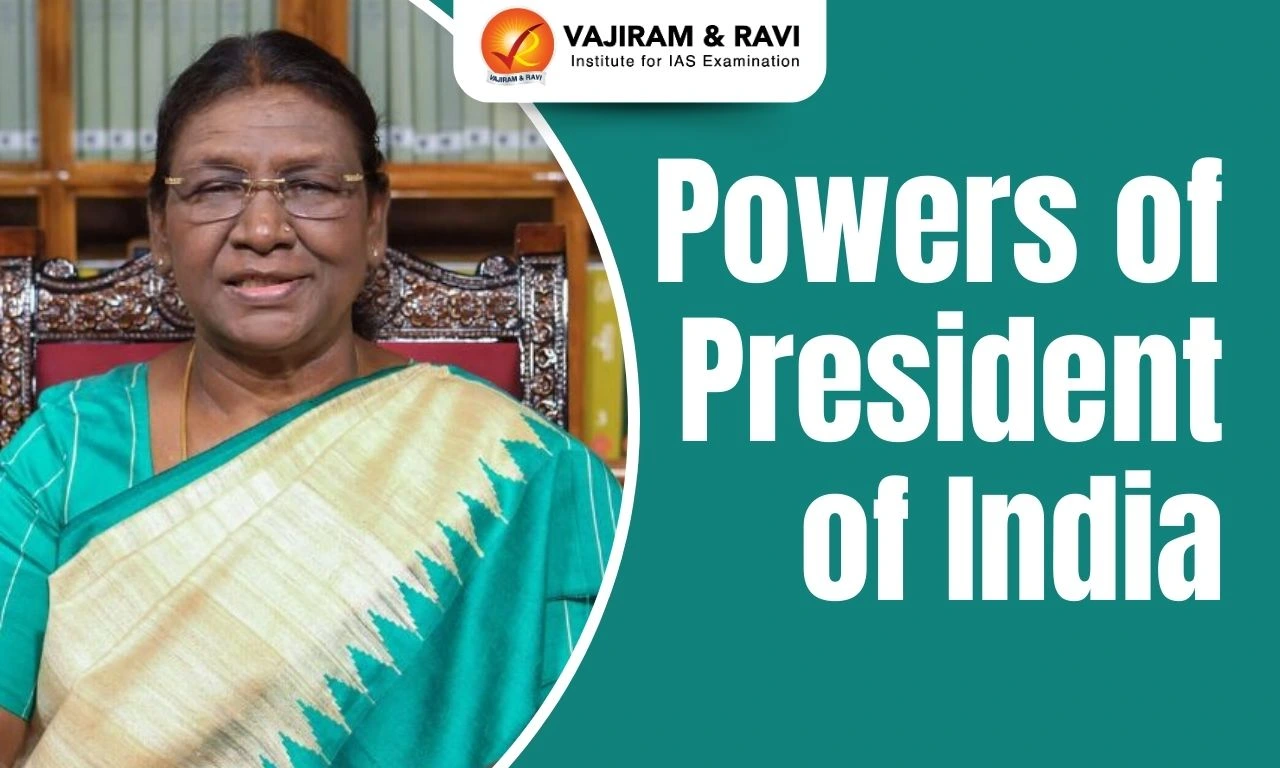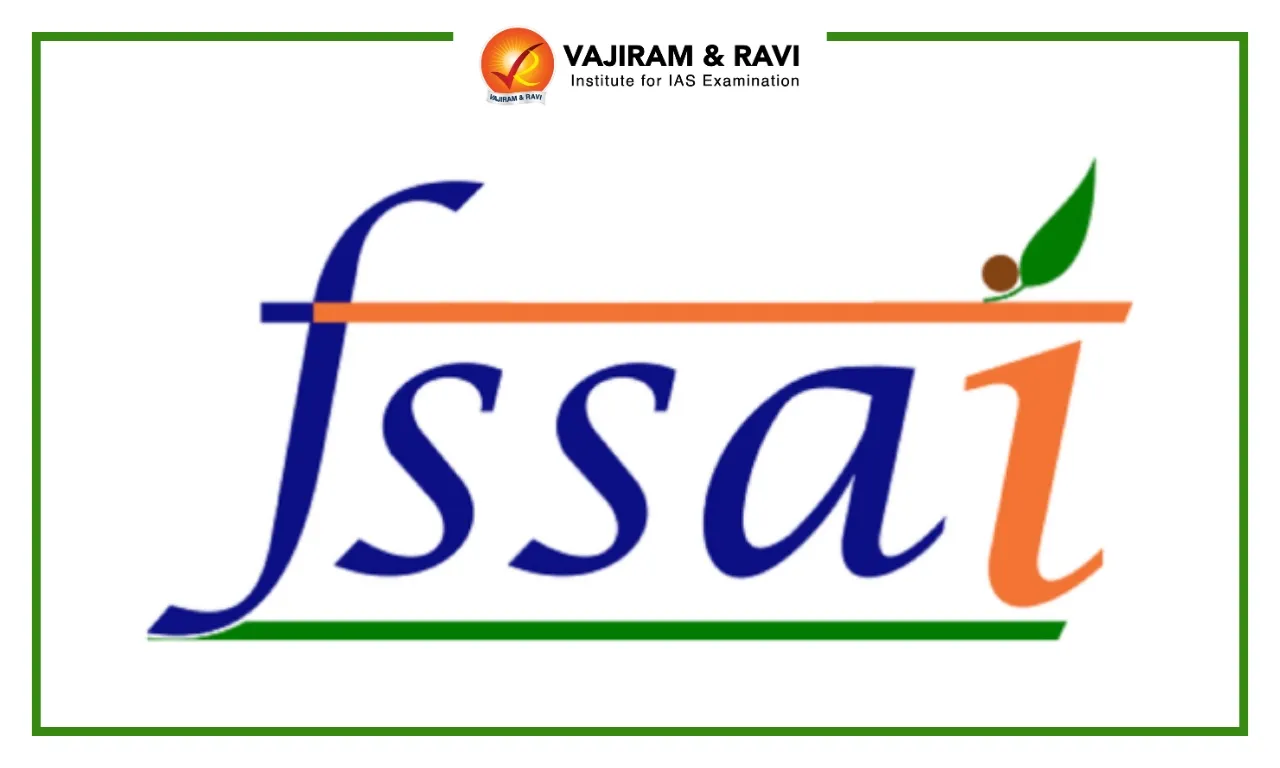In 1954, the names ‘Rajya Sabha’ and ‘Lok Sabha’ were adopted to refer to the Council of States and the House of People, respectively. The Rajya Sabha is the Upper House, and the Lok Sabha is the Lower House. The Rajya Sabha represents the states and union territories of the Indian Union. In contrast, the Lok Sabha represents the people of India as a whole.
The President of India is not a member of either House of Parliament and does not sit in the Parliament to attend its meetings. But, he is an integral part of the Parliament.
Why is the Indian Parliament Bicameral?
The Indian Parliament is bicameral, which means it consists of two chambers: the Rajya Sabha and the Lok Sabha. There are several reasons why the Indian Parliament is bicameral:
- Historical Reasons: The concept of a bicameral legislature was introduced in India during British rule. When India gained independence in 1947, the framers of the Constitution retained this system.
- Political Reasons: Rajya Sabha maintains the federal equilibrium by protecting the interests of the states against the undue interference of the Centre.
- Rajya Sabha ensures that the states have a voice in the national decision-making process, and it acts as a check on the power of the Lok Sabha, the lower house of Parliament.
- Practical Reasons: The sheer size and diversity of the country make it difficult for a single chamber to represent all of the different interests and viewpoints.
- Rajya Sabha provides representation to eminent professionals and experts who cannot face the direct election. The President nominates 12 such persons to the Rajya Sabha.
What are the Differences Between Lok Sabha and Rajya Sabha?
| Provisions | Lok Sabha | Rajya Sabha |
| Election Procedure | Members are directly elected through the First Past The Post (FPTP) system. | Members are indirectly elected through proportional representation. |
| Age | Minimum age to become a member is 25 years. | The minimum age to become a member is 30 years. |
| Term | It continues for 5 years. | It is a permanent body |
| Chair of the House | Speaker is the head of the house. | The Vice-President is the chairman of the house. |
| Composition | Maximum strength is 550. 530 members represent states, and 20 members represent union territories. The current strength is 543. | Maximum strength is 250. Out of which, 238 members are from states, and 12 members are nominated. The current strength is fixed at 245. |
| Electoral College | A citizen above the age of 18 can vote. | Only members of state legislative assembly and union territories with legislative assembly can vote. |
Lok Sabha and Rajya Sabha Powers
In the following matters, the powers of the Rajya Sabha are equal to that of the Lok Sabha:
- Introduction and passage of ordinary bills, Constitutional amendment bills, and financial bills involving expenditure from the Consolidated Fund of India.
- Election and impeachment of the President.
- Making recommendations to the President for the removal of the Chief Justice and judges of the Supreme Court and High courts, Chief Election Commissioner, and Comptroller and Auditor General.
- Approval of ordinances and proclamation of all three types of emergencies by the President.
- Selection of ministers, including the Prime Minister.
- Consideration of the reports of the constitutional bodies like the Finance Commission, Union Public Service Commission, Comptroller and Auditor General, etc.
- Enlargement of the jurisdiction of the Supreme Court and the Union Public Service Commission.
Special Powers of Lok Sabha
- A money bill can be introduced only in the Lok Sabha and not in the Rajya Sabha.
- The final power to decide whether a particular bill is a money bill or not is vested in the Speaker of the Lok Sabha.
- Rajya Sabha cannot amend or reject a Money Bill. It should return the bill to the Lok Sabha within 14 days, either with recommendations or without recommendations.
- The Lok Sabha can either accept or reject all or any of the recommendations of the Rajya Sabha. In both cases, the money bill is deemed to have been passed by the two Houses.
- A financial bill, not containing solely the matters of Article 110, also can be introduced only in the Lok Sabha and not in the Rajya Sabha. But, with regard to its passage, both houses have equal powers.
- The Speaker of Lok Sabha presides over the joint sitting of both Houses.
- Rajya Sabha can only discuss the budget but cannot vote on the demands for grants.
- A resolution for discontinuing the national emergency can be passed only by the Lok Sabha and not by the Rajya Sabha.
- The Rajya Sabha cannot remove the council of ministers by passing a no-confidence motion. This is because the council of ministers is collectively responsible only to the Lok Sabha.
Special Powers of Rajya Sabha
The Rajya Sabha has been given some special powers that are not enjoyed by the Lok Sabha:
- Article 249: authorize the Parliament to make a law on a subject enumerated in the state list.
- Article 312: authorize the Parliament to create new All-India Services.
- Article 67: The resolution for the removal of the Vice-president can be introduced only in the Rajya Sabha and not in the Lok Sabha.
- Emergency: If a proclamation is issued by the President for imposing an emergency (National, state, or financial) at a time when the Lok Sabha has been dissolved, then the proclamation can remain effective even if it is approved by the Rajya Sabha alone.
What are the Criticisms of the Rajya Sabha?
- Just a revising chamber: Most of the time, the role of the Rajya Sabha is to review and revise legislation proposed by the Lok Sabha.
- Unequal representation of states in Rajya Sabha: In contrast to federal democracies like the USA and Australia, which offer equal representation to all states in their upper houses, India provides an unequal proportional representation of states in Rajya Sabha.
- Circumventing the Rajya Sabha: The passing of ordinary bills as Money Bills in certain instances, bypassing the Rajya Sabha, has raised concerns about the position of the Upper House of Parliament.
- Undemocratic aspects: One of the most undemocratic elements of our Constitution is the fact that the twelve nominated members, who do not contest elections, can become ministers despite not seeking the public's vote, as was pointed out in the debates of the Constituent Assembly.
- Doing away with domicile requirement: The earlier practice of individuals mostly entering the Rajya Sabha on domicile credentials ended in 2003 after an amendment in the Representation of People’s Act 1952.
What is the Relevance of the Rajya Sabha in a Parliamentary Democracy?
Despite the criticism, Rajya Sabha is still relevant with respect to parliamentary functions:
- Preventing hasty legislation: It checks hasty, defective, and ill-considered legislation made by the Lok Sabha by making provisions for revision and thought.
- Representation to regional parties: It also provides a platform for small and regional parties to present their views.
- Safety valve: The Council of States acts as a safety valve within the legislature itself, easing federal tensions and giving representation to the units of the federation in a bicameral legislature.
- Permanent body: Dissolution of Rajya Sabha does not happen in order to secure the representation of past as well as the current opinion and help in maintaining continuity in public policy.
- Review and revaluation role: Rajya Sabha helps in a deeper review of laws, as it complements the first chamber in securing greater executive accountability.
- House of checks and balances: Since the ‘Lok Sabha’ decisions may favour the populist sentiment and force the members to go contrary to the best judgment, the Rajya Sabha keeps a check and balance on it.
Why is the Rajya Sabha More powerful than the state legislative councils in a bicameral setup?
The Indian constitution has conferred relatively fewer powers to the state legislative councils than the Rajya Sabha due to the following reasons:
- Representing federalism: The Rajya Sabha maintains the federal spirit by protecting the interests of the states, and hence, it has to be an effective revising body and not just an advisory body like that of the council.
- Composition: The state legislative council is heterogeneously constituted as compared to Rajya Sabha, which is homogeneously constituted. Thus, the composition of the council makes its position weak and reduces its utility as an effective revising body.
- State legislative council as dilatory chamber: The final power of passing an ordinary bill in the state lies with the state legislative assembly. In other words, the council is not a revising body like the Rajya Sabha; it is only a dilatory chamber or an advisory body.
Last updated on November, 2025
→ Check out the latest UPSC Syllabus 2026 here.
→ Join Vajiram & Ravi’s Interview Guidance Programme for expert help to crack your final UPSC stage.
→ UPSC Mains Result 2025 is now out.
→ UPSC Notification 2026 is scheduled to be released on January 14, 2026.
→ UPSC Calendar 2026 is released on 15th May, 2025.
→ The UPSC Vacancy 2025 were released 1129, out of which 979 were for UPSC CSE and remaining 150 are for UPSC IFoS.
→ UPSC Prelims 2026 will be conducted on 24th May, 2026 & UPSC Mains 2026 will be conducted on 21st August 2026.
→ The UPSC Selection Process is of 3 stages-Prelims, Mains and Interview.
→ UPSC Result 2024 is released with latest UPSC Marksheet 2024. Check Now!
→ UPSC Prelims Result 2025 is out now for the CSE held on 25 May 2025.
→ UPSC Toppers List 2024 is released now. Shakti Dubey is UPSC AIR 1 2024 Topper.
→ UPSC Prelims Question Paper 2025 and Unofficial Prelims Answer Key 2025 are available now.
→ UPSC Mains Question Paper 2025 is out for Essay, GS 1, 2, 3 & GS 4.
→ UPSC Mains Indian Language Question Paper 2025 is now out.
→ UPSC Mains Optional Question Paper 2025 is now out.
→ Also check Best IAS Coaching in Delhi
Difference between Lok Sabha and Rajya Sabha FAQs
Q1. How are members of the Lok Sabha and Rajya Sabha elected?+
Q2. What is the minimum age for being a Member of Lok Sabha and Rajya Sabha?+
Q3. What is the Quorum for a meeting of parliament?+

















